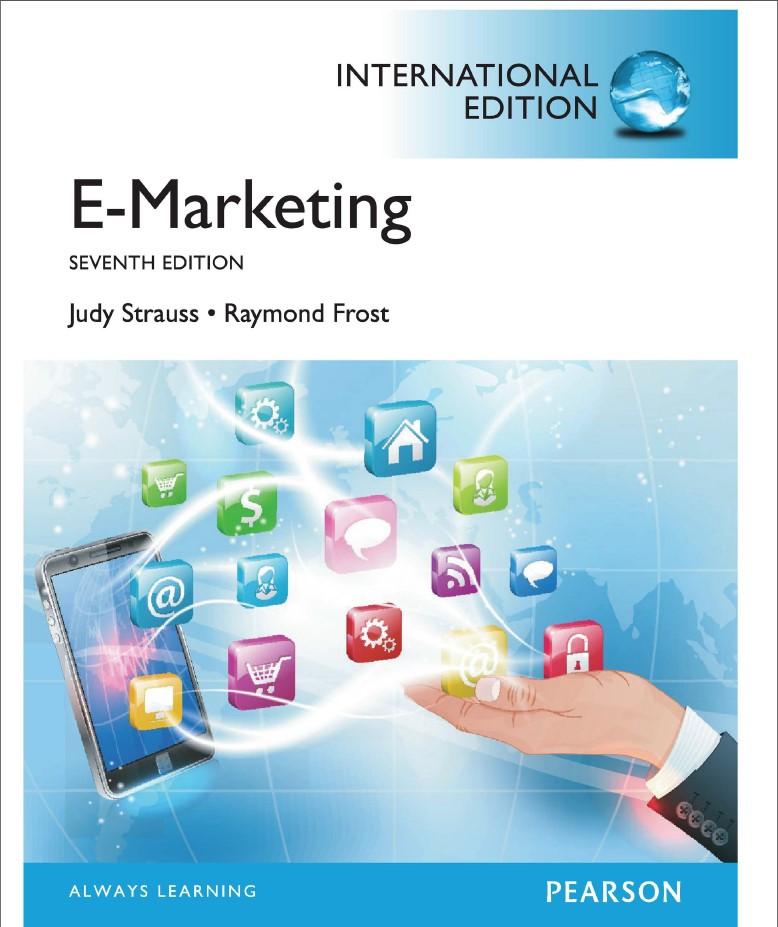Question
Please read the article and answer the questions below: Two of the world's biggest suppliers of medical oxygen,Air Liquide andAir Products & ChemicalsInc.,say they are
Please read the article and answer the questions below:
Two of the world's biggest suppliers of medical oxygen,Air Liquide andAir Products & ChemicalsInc.,say they are exploring ways to ensure supplies of the gas remain sufficient forthe treatment of Covid-19 patients.
Most of the anxiety over respiratory treatment during thecoronavirus pandemichas centered on a shortage of ventilators. But respiratory therapists rely on purified medical oxygen delivered to patients through those devices. Supplying enough oxygen to meet soaring demand is critical and may prove complicated. "Overall, we feel well-prepared" to meet that demand, said Diana Schillag, a vice president at Paris-based Air Liquide, which supplies medical gases in the U.S., Europe, Asia and elsewhere. "We have the logistics in place."
In Italy, Air Liquide said, it has been able to meet the demand of as much as five times the normal level at some hospitals.
"Air Products is not currently experiencing production shortages in our businesses, including medical oxygen," said Art George, a spokesman for the Allentown, Pa., company. "Where we can around the world, we are building inventory."
Matthias Dachwald, a spokesman for a third global medical-gas supplier,LindePLC, based in Guildford, England, declined to comment on the outlook for oxygen supplies.
Air Liquide and Air Products said they were looking at ways to avert bottlenecks. In Britain, for example, Mr. George said Air Products is working with the military to train drivers to deliver oxygen in case that becomes necessary.
There is no shortage of raw material. Air-separation units pull atmospheric air into complex arrays of pipes and tanks. Impurities and moisture are removed. The main components of airoxygen, and nitrogenare cooled to liquid form and distilled in a tower, producing pure oxygen and nitrogen.
Oxygen is delivered in bulk, liquid form to hospitals, where it is stored in tanks and converted to gas for use in ventilators. It also is delivered in metal cylinders for use in homes or healthcare facilities where patients need oxygen while moving around.
Air Liquide said it is urging customers to return empty cylinders more frequently so they can be refilled and sent where most needed. In addition, the company might seek regulatory approval to convert larger, heavier cylinderstypically used for industrial gasesfor delivery of medical oxygen instead. The company also may ask for approval to extend the period between required tests of cylinders so more are available.
Meanwhile, medical-gas suppliers are installing new pipes to deliver oxygen to more beds in hospitals and in some cases to tents or other temporary care facilities. In Spain, Air Liquide said, it has deployed more than 100 people to work on increased oxygen-piping capacity. Some of those people are helping install oxygen pipes at a Madrid conference center being used as a temporary hospital.
The industrial- and medical-gas business is dominated by global giants. In 2018, Linde AG of Germany and Praxair Inc. of the U.S. merged to form Linde PLC. Air Liquide acquired U.S.-based Airgas Inc. in 2016.
- From the article: "Most of the anxiety over respiratory treatment during the coronavirus pandemic has centered on a shortage of ventilators." When there is a shortage in a market for a product what is the relationship between the quantity demanded and the quantity supplied of the product?
- Draw and label a demand curve and a supply curve in a graph of the market for medical ventilators. In the graph indicate the equilibrium point. Explain how the graph will be affected by a decrease in the price of medical oxygen.
- Refer to the graph you drew for the previous problem. Explain how the graph would be affected by an increase in the price of medical oxygen.
- The cross-price elasticity of demand is used to describe how a change in the price of one goodwill affect the demand for a related good. Write the formula used to calculate the cross-price elasticity of demand. Explain why the cross-price elasticity of demand for two complementary goods will have a negative value
Step by Step Solution
There are 3 Steps involved in it
Step: 1

Get Instant Access to Expert-Tailored Solutions
See step-by-step solutions with expert insights and AI powered tools for academic success
Step: 2

Step: 3

Ace Your Homework with AI
Get the answers you need in no time with our AI-driven, step-by-step assistance
Get Started


